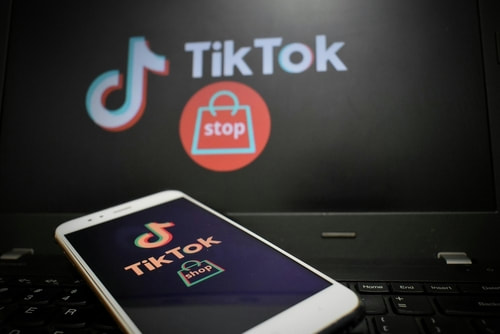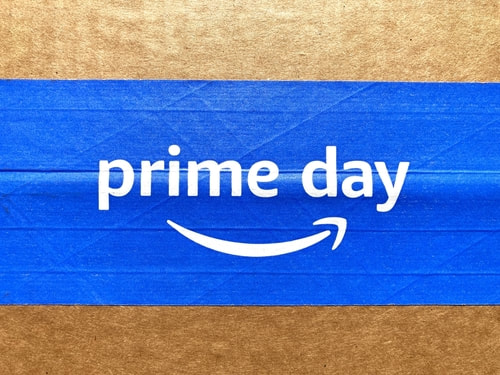Amazon's In-Person Video Interviews: What Sellers Need to Know
As Amazon continues to refine its marketplace to ensure trust and authenticity, one of the measures it has implemented is the In-Person Video Interview (IPI) for sellers. This process aims to verify the legitimacy of sellers and maintain a high standard of service for customers. In this blog post, we will explore what IPIs are, their purpose, how Amazon evaluates them, and the steps sellers can take if their account is deactivated after an IPI.
What is an In-Person Video Interview (IPI)?
An In-Person Video Interview (IPI) is a verification process where Amazon conducts a live video call with a seller to confirm their identity and legitimacy. This step is part of Amazon's ongoing efforts to prevent fraud, counterfeit activities, and ensure that all sellers on the platform are genuine businesses.
The Purpose of IPIs
The primary purposes of IPIs are:
- Verification: To verify the identity of the seller and ensure they are who they claim to be.
- Legitimacy: To confirm that the seller's business is legitimate and complies with Amazon's policies.
- Trust and Safety: To enhance the overall trust and safety of the Amazon marketplace for both buyers and sellers.
How Amazon Evaluates IPIs
During an IPI, Amazon evaluates several key aspects:
- Identity Verification: Amazon may ask sellers to present government-issued identification documents and verify their personal and business details.
- Business Verification: Sellers might be asked to provide proof of business operations, such as business licenses, tax documents, and supplier invoices.
- Inventory and Logistics: Amazon could inquire about the seller's inventory sources, supply chain management, and fulfillment processes to ensure transparency and compliance.
- Professionalism: The interview assesses the seller's knowledge about their business, products, and Amazon's policies to ensure they are well-informed and capable of maintaining high standards.
Steps to Prepare for an IPI
To successfully navigate an IPI, sellers should take the following steps:
- Gather Documentation: Prepare all necessary documents, including identification, business licenses, tax documents, supplier invoices, and any other relevant paperwork.
- Set Up a Professional Environment: Ensure you have a quiet, well-lit space for the video call, free from distractions and interruptions.
- Review Amazon Policies: Familiarize yourself with Amazon's policies and guidelines to demonstrate your understanding and commitment to compliance during the interview.
- Be Honest and Transparent: Provide accurate and honest information during the interview. Transparency is key to building trust with Amazon.
Steps to Take if Your Account is Deactivated After an IPI
If your account is deactivated following an IPI, it is crucial to act quickly and strategically:
- Review the Deactivation Notice: Carefully read the notice from Amazon to understand the specific reasons for the deactivation.
- Identify Issues: Identify any discrepancies or issues mentioned in the notice. This could include missing documentation, inconsistencies in your business information, or other compliance issues.
- Prepare a Plan of Action (POA): Draft a comprehensive POA addressing the issues identified by Amazon. Your POA should include:
-
- Immediate Corrective Actions: Steps taken to resolve the current issues.
- Preventive Measures: Strategies to prevent future occurrences.
- Submit an Appeal: Submit your POA through Amazon Seller Central, clearly outlining the steps you have taken and providing any additional documentation requested by Amazon.
- Seek Professional Assistance: If you are unsure about the appeal process or if your initial appeal is unsuccessful, consider seeking help from professionals, such as those at AMZ Sellers Attorney®. They can provide expert guidance and support in drafting effective appeals.
Conclusion
Amazon's In-Person Video Interviews are a critical component of its efforts to maintain a secure and trustworthy marketplace. By understanding the purpose of IPIs, how Amazon evaluates them, and preparing thoroughly, sellers can successfully navigate this process. In the event of account deactivation, swift and strategic actions are essential to resolve the issues and reinstate your account.
For more detailed guidance and support, contact AMZ Sellers Attorney®. Our team of experts can help you navigate Amazon's policies and protect your business.
For more information on Amazon’s In-Person Video Interviews, visit our In-Person Video Interview Page.





















 RSS Feed
RSS Feed
